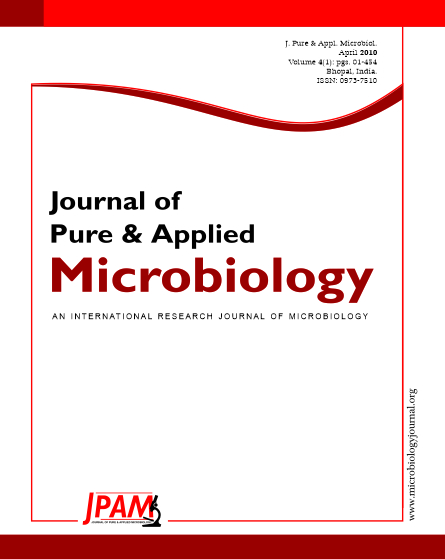The poultry waste contaminated soil and feather samples were collected from poultry farm near the Gandhigram Rural University, Dindigul, Tamil Nadu, India during December 2008. Followed by serial dilution and plating was done to calculate the CFU/ml of the sample. Further keratin rich substance was used as baits for the isolation of keratinophilic fungi. Then these baits were used for hair baiting technique. The colonies on the Martin’s Rose Bengal agar plates were transferred to Sabouroud’s Dextrose agar medium. Then the isolated colonies were identified as Aspergillus flavus, Microsporum gypseum, and Trichophyton rubrum. As a result the study could be concluded by saying that of these three fungal species Microsporum gypseum is the most predominant colony in both the samples and so this can be used for effective biodegradation of feather rather than incineration.
Microsporum gypseum, Hair baiting technique, Keratinophilic fungi, Biodegradation
© The Author(s) 2010. Open Access. This article is distributed under the terms of the Creative Commons Attribution 4.0 International License which permits unrestricted use, sharing, distribution, and reproduction in any medium, provided you give appropriate credit to the original author(s) and the source, provide a link to the Creative Commons license, and indicate if changes were made.


